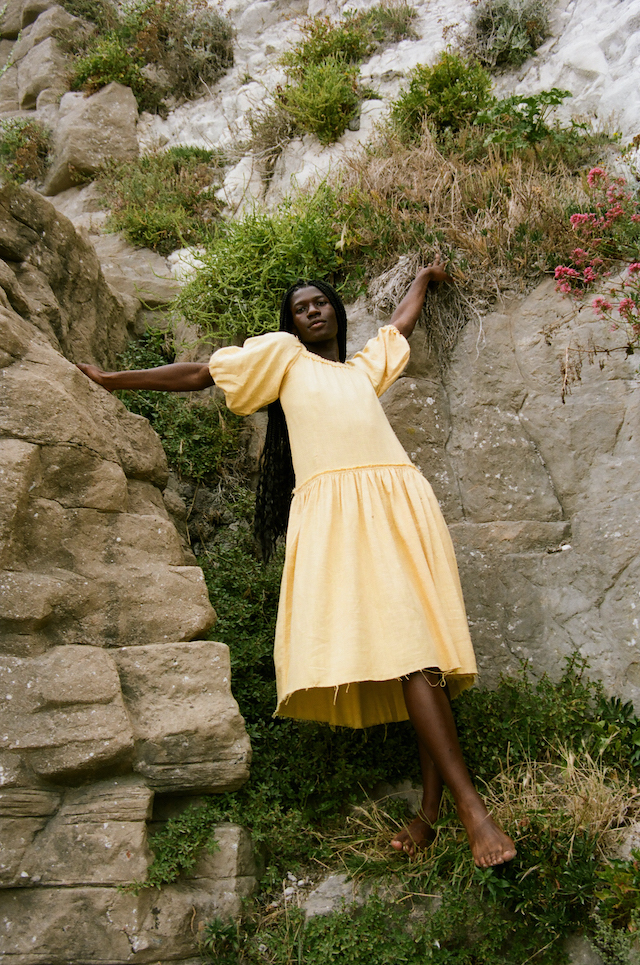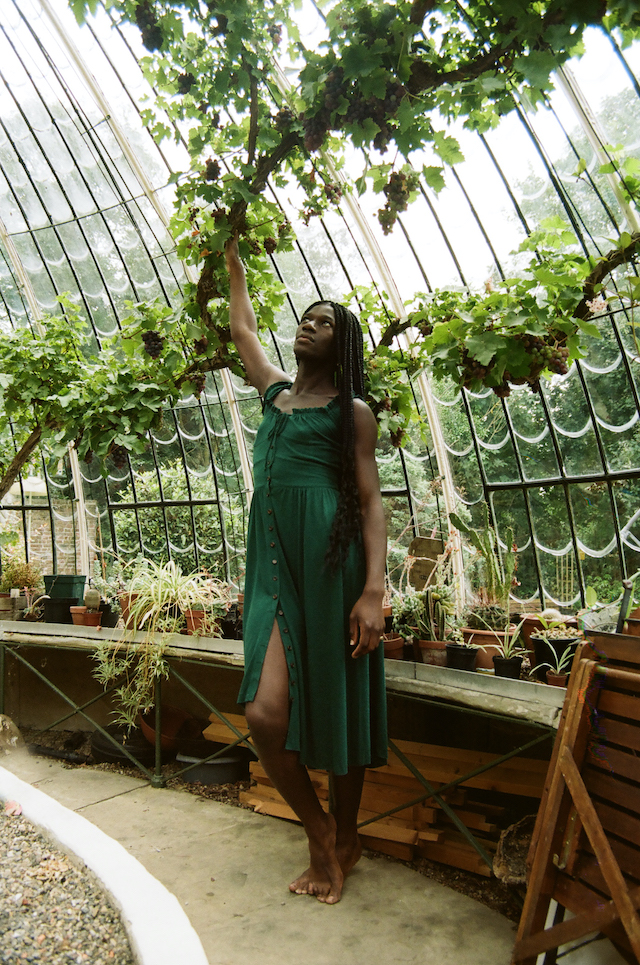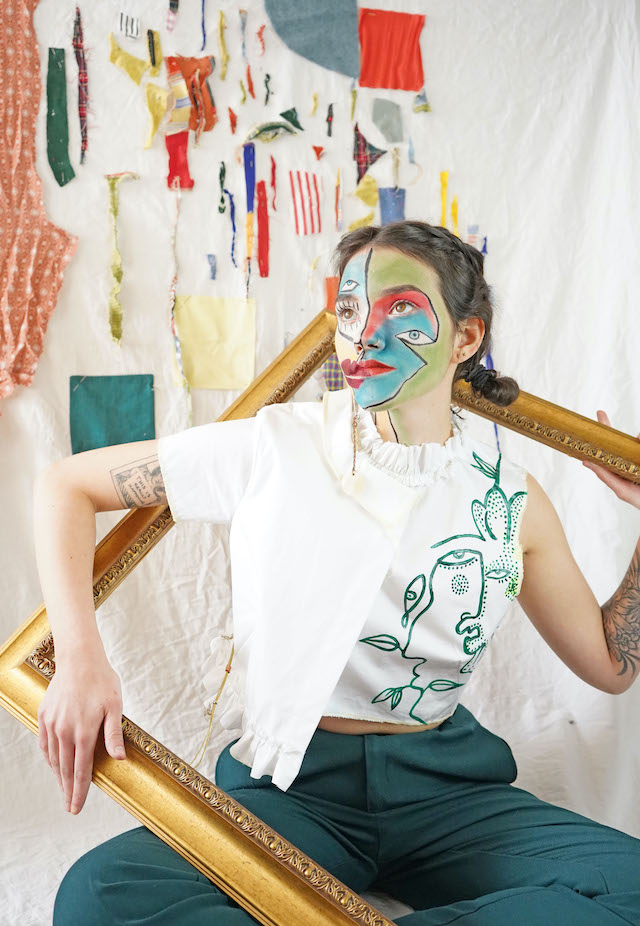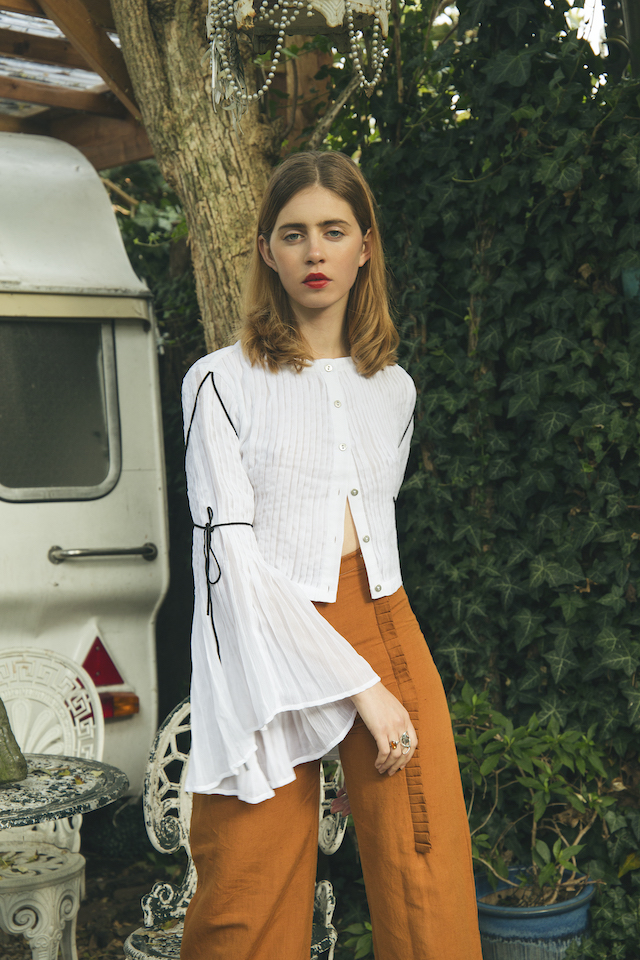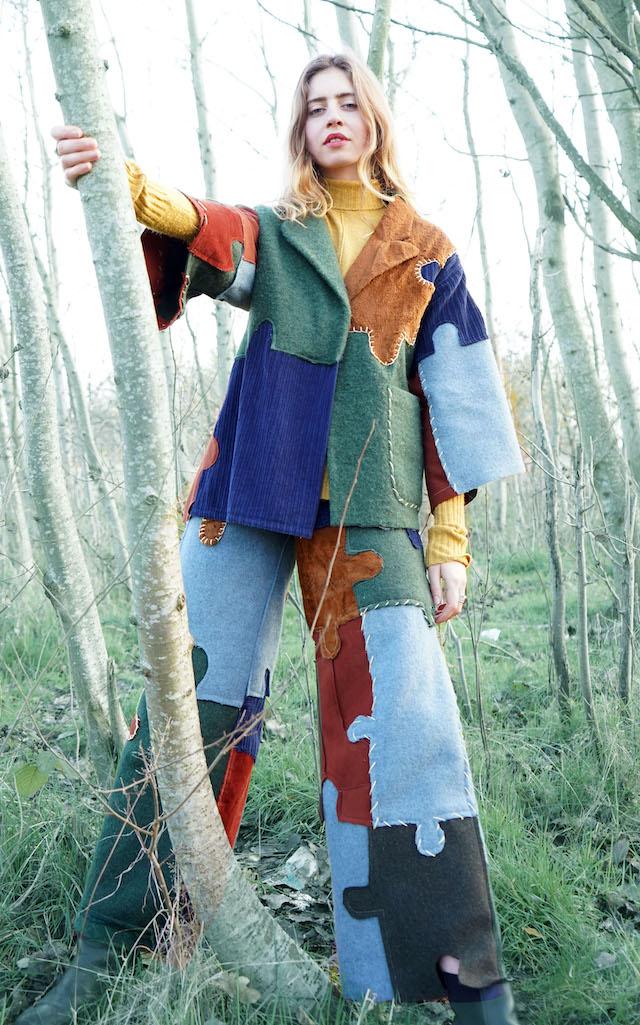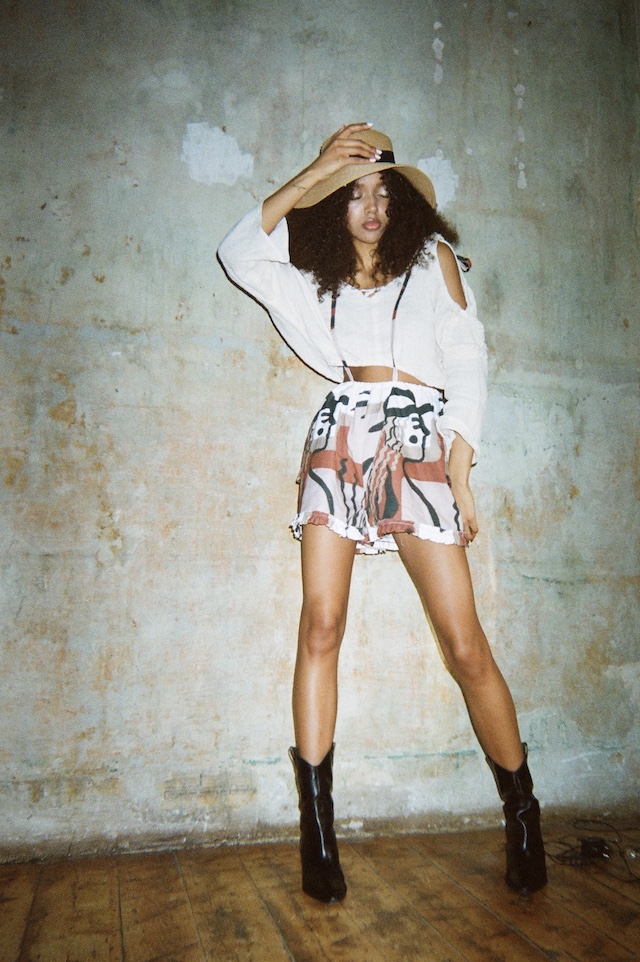Founded by Sarah Krause and Sarah Seb, the sustainable fashion brand uses soil regeneration to combat climate change
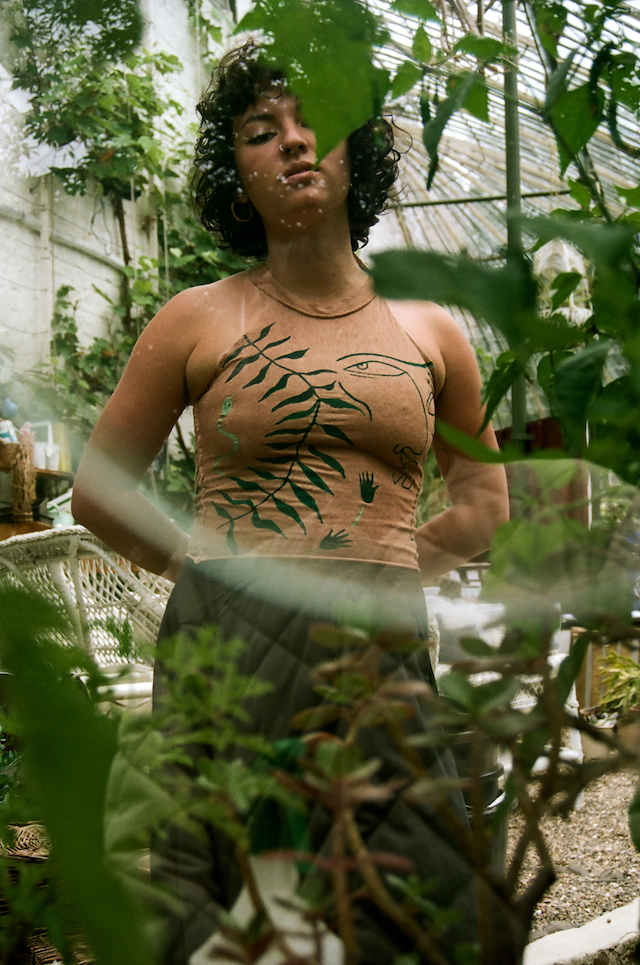
The thoughts of fashion becoming fully sustainable has left many feeling hopeless, uninspired or drained by the constant disappointment of the industry. Not only are brands not doing enough in terms of curbing the warming climate, but consumers are left slightly bemused as to the active steps they should be taking – thrifting, buying less, choosing consciously and buying from conscious brands all seem like reasonable guidelines. But what does it really mean for a brand to be sustainable? And is our trust dwindling?
Helping to rebuild confidence is Sarah Krause, a Londoner with an Austrian and Mexican heritage. She set up Solai alongside Sarah Seb, fashion designer and creative director, as a response to the increasing pressures on the planet. Left feeling “disheartened” by the fashion industry, there remained a glimmer of excitement as she noticed the influx of sustainable practices coming into the fore. “I wanted to see clothing on the market that was creative and modern whilst also being ethnically made and genuinely good for the planet,” she shares. “Ultimately though, I wanted to go a step beyond and create clothing that was not just sustainable, but actively climate-beneficial.”
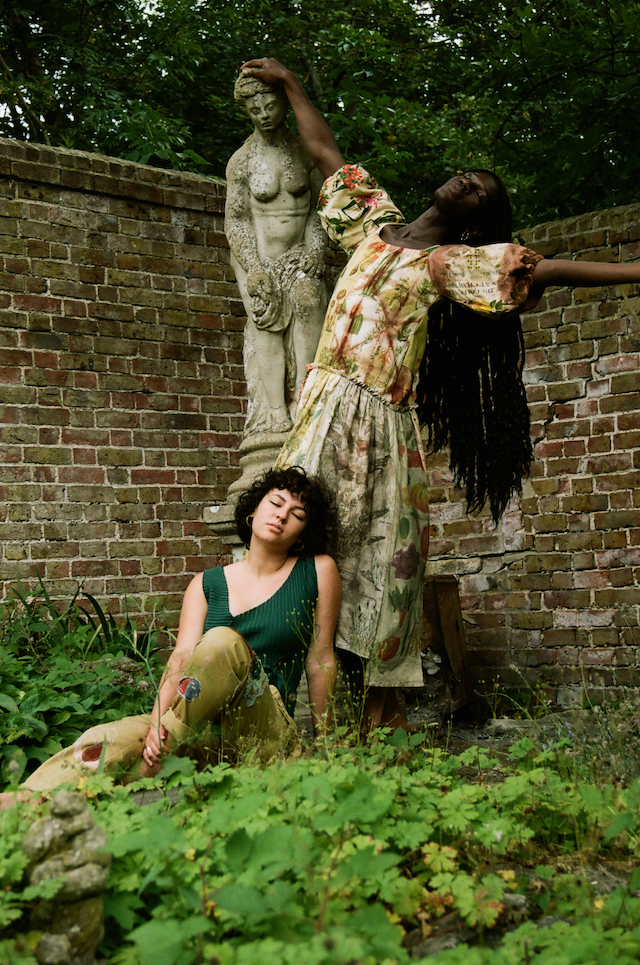
To address this, Sarah turned her focus towards soil regeneration. Perhaps a term that some may not be familiar with, regenerative farming looks at exhausted soil, and is the solution for creating healthy ecology and, among other things, helps to reverse the effects of climate change. By definition, to regenerate means to regrow or be renewed; so think of the clothing lifecycle in this sense as being continuous and mindful of damage and restoration. “If we could work with regenerative farmers to grow our clothing fibres, we would play a role in reviving degraded lands and creating a carbon sink in the soil,” she says. “This approach to land management has proven to be one of the most effective ways of combating climate change and, to me, there was a clear interesting with the fashion industry. The idea was simple, but incredibly powerful.”
Solai therefore partners with a collective of farmers and artisans in Erode, Tamil Nadu, that of which had “successfully revitalised” acres of once degraded lands through regenerative agriculture and “indigenous wisdom”. The proof is in the output, and Solai’s collections since birth have shown the benefits of tech and conscious sourcing. By 2022, for instance, the brand will make the majority of its clothing carbon negative, derived from regeneratively grown cotton. “The remainder will be made from pre and post-consumer recycled materials, including cotton and wool, so that we can keep existing fabrics out of the waste stream and save ample natural resources in the process,” says Sarah. A recent product in the works, for example, is the “very first photosynthetic top”, which translates to a coating which “captures carbon” and “releases oxygen” while being used. Like something from a dystopian future, perhaps a photosynthetic garment is hard to comprehend, yet Solai are making it a reality.
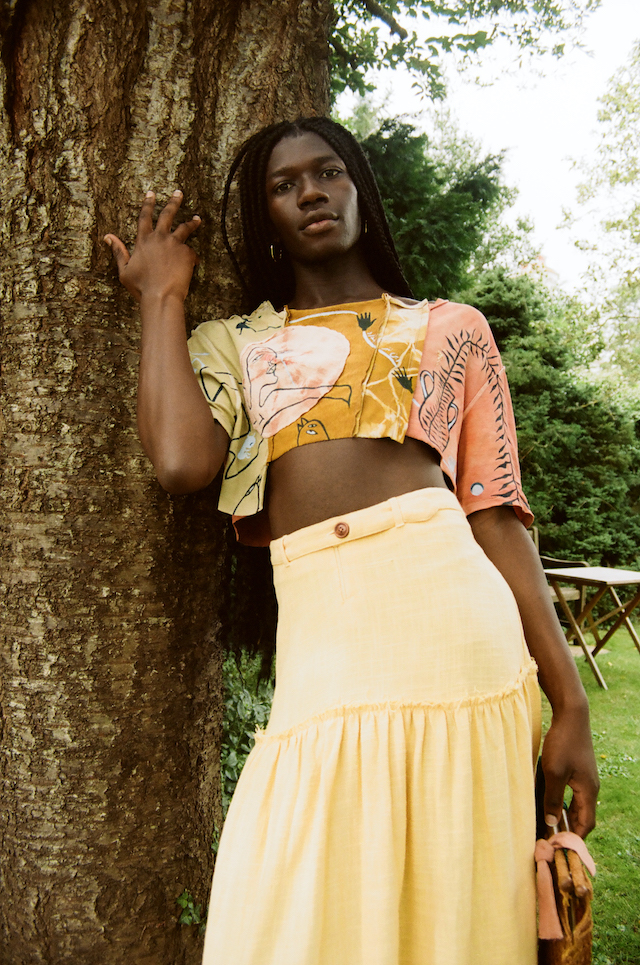
Besides the somewhat biophillic sounding clothing design, Solai has also recently launched its Revival and Eco Collection, shot and produced by the environmentally conscious agency The Earth Issue, headed up by Elena Cremona and Isabelle Landicho. Captured amongst the Italiante Glasshouse and Tea Garden in the Ramsgate area, the collection presents soft silhouettes, intricate embroidery and mossy undertones – crafted from tencel, linen and sustainably farmed organic cotton, plus naturally dyed colour palettes drawn from annatto seeds. It’s type of clothing that doesn’t adhere to any outdated stereotypes of what sustainable clothing may look like.
“Although seeing a constant barrage of greenwashing can be demoralising at times, overall I’m hopeful for the future of the fashion industry,” says Sarah of her hopes for the future. “I remember even a few short years ago, so few people were talking about sustainability in fashion and I’d have a hard time trying to get people interested in the topic. But now, I think it’s increasingly on people’s radar and I’ve seen a genuine shift in attitude, with greater commitments to make better, more conscious choices. Crucially, I think fast fashion brands have to majorly scale down their production and put some of their vast marketing budgets into the hands of their labourers. It’ll be interesting to see if people and planet prevail over hefty profit margins!”
